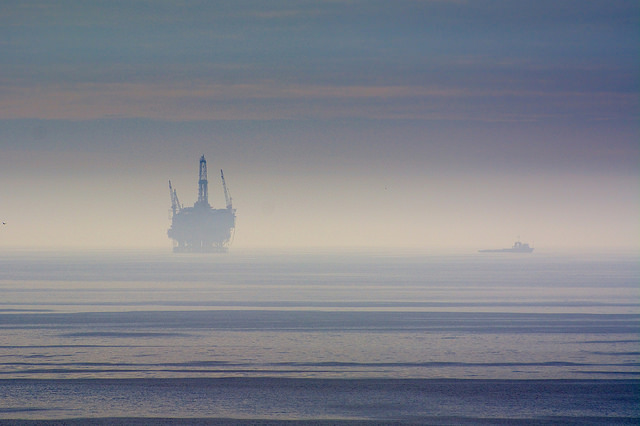With the oil price declining steeply during the fourth quarter of 2014, the prospects for dividends from oil companies are worth special attention. Though they rose 5.8% in 2014 to $134.1bn, according to the Henderson Global Dividend Index (HGDI), making this the second largest dividend-paying industry, there are question marks over the sustainability of their dividends going forward, as lower prices feed into lower profits.
We believe the oil and gas sector is likely to be challenged in terms of growing dividends for the next few years. Oil service companies such as Seadrill and Fugro have already cut their dividends and with further cuts to capital expenditure likely from oil majors, more of their peers may also cut.
Oil majors
The big oil producers themselves, which account for around three quarters of the sector’s dividend payments, should be able to hold dividends for a while as their balance sheets are strong. However, if the oil price does not meaningfully recover over the next couple of years then cashflow will not be strong enough to allow for required investment and dividends.
In the shorter term the oil majors are likely to prefer to allow dividend cover (the ratio of a company’s earnings over the dividend paid) to fall by paying out a larger percentage of their profits rather cutting the dividend they pay. Royal Dutch Shell is commonly the largest dividend payer in the world (though it was beaten in 2014 by Vodafone). Royal Dutch Shell has not cut its dividend since World War II, despite wide swings in the price of oil since then. French multinational oil and gas company, Total (ranking 17th in terms of top dividend-paying companies in 2014) has not cut its dividend for 40 years.
Emerging market cuts
Companies in Emerging Markets are more likely to cut given fewer opportunities to cut capital expenditure and weaker balance sheets. The fall in the price of oil is a key factor influencing our decision to reduce our expectations for overall dividend growth from Emerging Markets, where dividends from oil companies account for 26% of the region’s total, around twice their share in global markets overall.
Fund exposure
The fund’s exposure to the oil & gas sector is currently low at 2.9%, versus 6.7% of the index. This is due to concerns over cashflow growth and the ability to grow dividends. With the significant fall in the oil price over the last six months this position has aided performance on a relative basis.
Andrew Jones is member of the Henderson Global Equity Income Team





 For Fórmate a Fondo
For Fórmate a Fondo